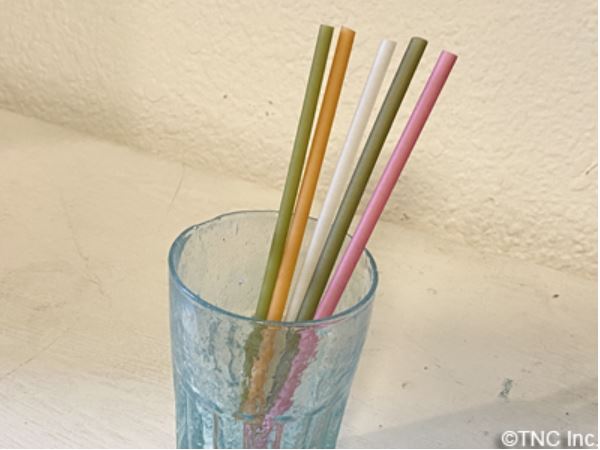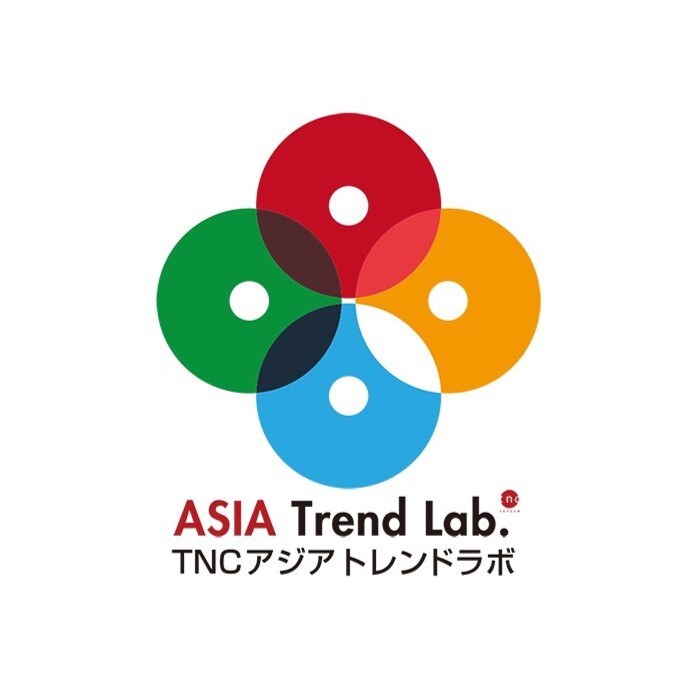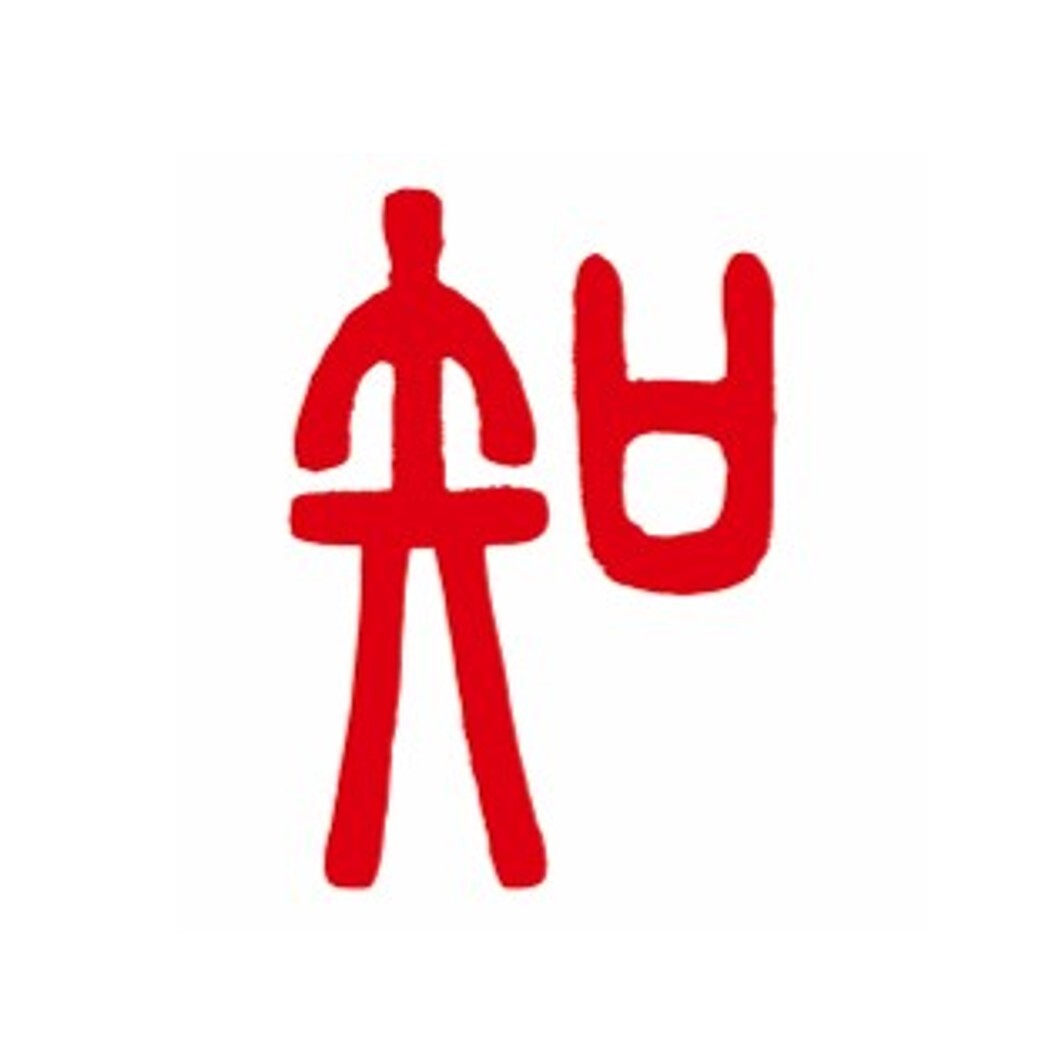[Vietnam] Accelerating the shift away from plastic with an eye on the youth
- Release date: Jul 02, 2020
- 3254 Views

Develops and sells eco-friendly straws that easily attract the attention of fashionable young people
Unlike Japan, where less than 20% of the population is in their teens and 20s, Vietnam's population in their teens and 20s accounts for about 30% of the total population, so the market potential of Vietnam's young people is considered to be great.
Link to "Population by age group and population composition ratio(by 10 years old)"
In order to achieve SDGs (Sustainable Development Goals), new initiatives are spreading among Vietnamese youth. One such initiative is the replacement of plastic disposable straws. Plastic disposable straws are increasingly being replaced by natural, recyclable materials such as rice flour, bamboo, stainless steel, paper and glass. More and more cafes and restaurants are switching to natural straws, and they are also being offered in other industries such as hotels, supermarkets and airlines, in addition to restaurants.
In Vietnam, where the population volume of young people is large, plastic-freeing is a trend that young people play a central role in, so it is not only eco-friendly but also fashionable. Many stores that offer eco-friendly straws are selling straws in sets with a brush that can be used to clean the inside of the straw as an original product. The bamboo straw and brush (20,000 dong/approx. 90 yen for the set) at Maison Marou, a chocolate café, is packaged in a cotton drawstring with the store's logo on it to attract the attention of the younger crowd. By selling original straws, the shop can also promote its brand image as a company that actively engages in eco-friendly activities. The movement to eliminate plastic is not only limited to straws, but also extends to other fields, such as plastic shopping bags to eco-bags, plastic coffee cups to tumblers, and plastic vegetable packaging to banana leaves.
Exports of rice flour and bamboo straws are new forms of industry that is gaining attention.
Vietnam produces about 1.8 million tons of waste plastic a year, but its recycling rate is low at about 27%. The amount of plastic waste dumped into the ocean is also the fourth largest in the world. In response to the growing plastic waste problem, the government has set a goal of eliminating disposable plastic waste by 2025. This has raised environmental awareness among young people, and a movement to eliminate the use of plastic straws began a few years ago. Exports of rice flour and bamboo straws are also being promoted, and the Green Vietnam Fund, a Vietnamese environmental fund, has invested VND4 billion (approximately 18.28 million yen) in the local Greenjoy Company, which produces plant stem straws. This is expected to develop and expand as a form of industry.
This article was co-written by TNC Lifestyle Researcher and INTAGE Global Researcher.
-

Author profile
TNC Asia Trend Labo
TNC ASIA Trend Lab is an information organization run by TNC Inc. that researches and shares trends in Asia. It supports corporate marketing activities by finding insights from trends rooted in the lifestyles and habits of local consumers. http://tnc-trend.jp/
-

Editor profile
Ms. Risa Takahama
I have been involved in global marketing research for consumer goods manufacturers, mainly in Asia, and is currently developing research solutions to guide the insights of overseas consumers. Whenever I travel abroad, I always stop at a drugstore to buy cosmetics that are unique to that country.
 Global Market Surfer
Global Market Surfer CLP
CLP